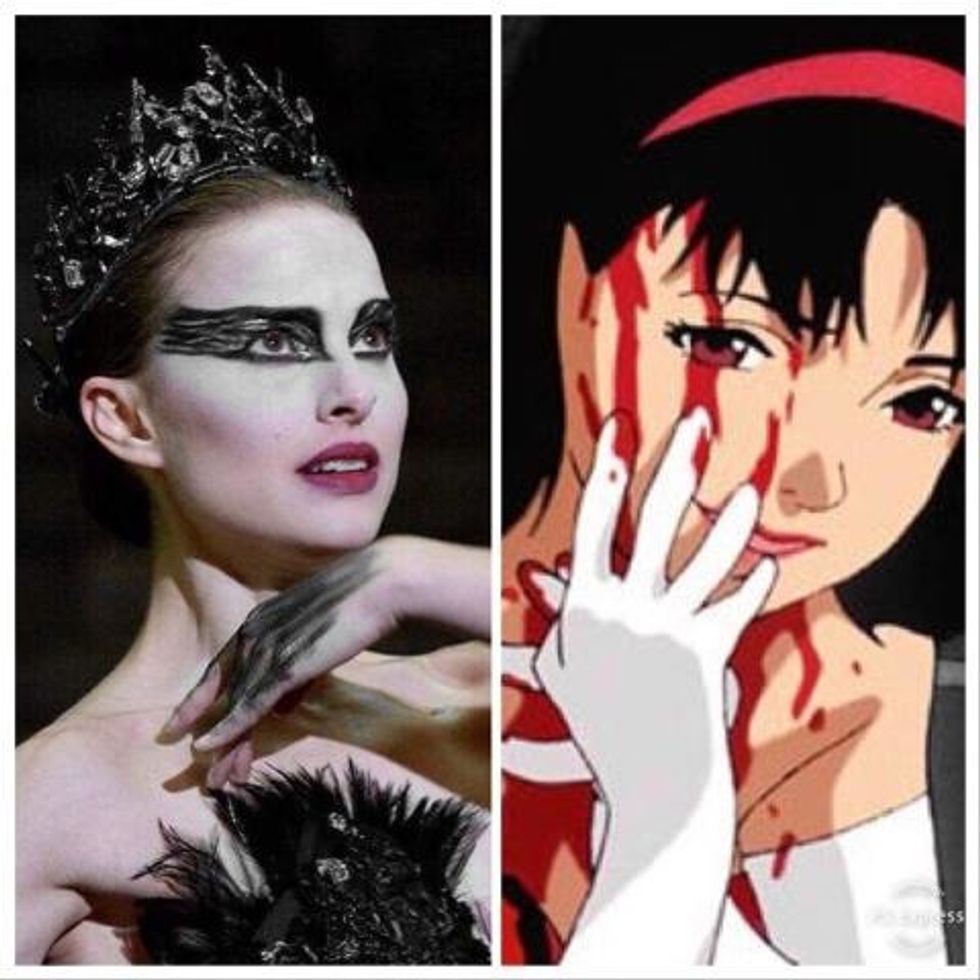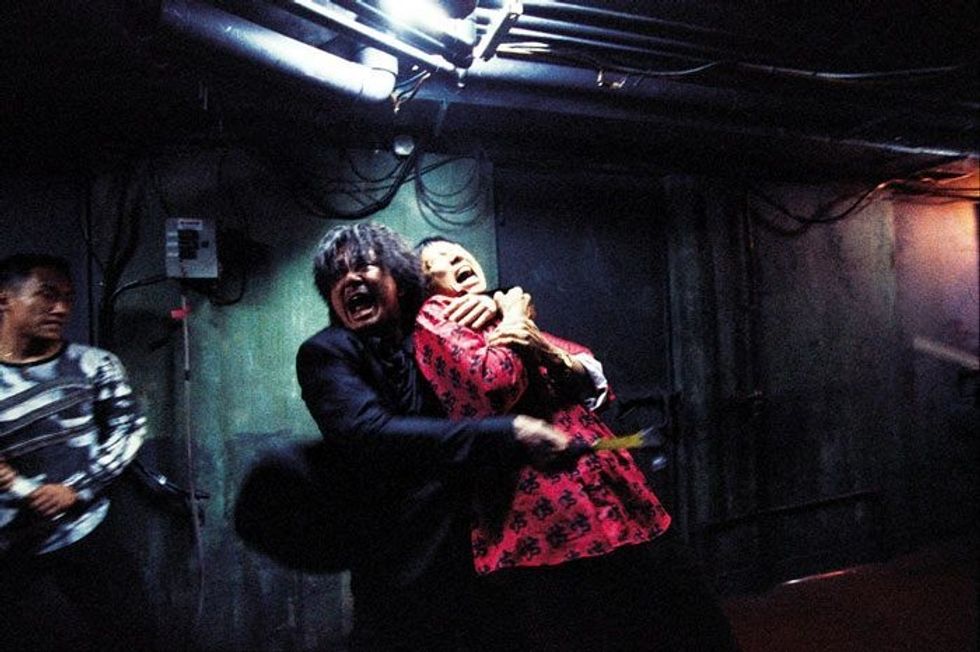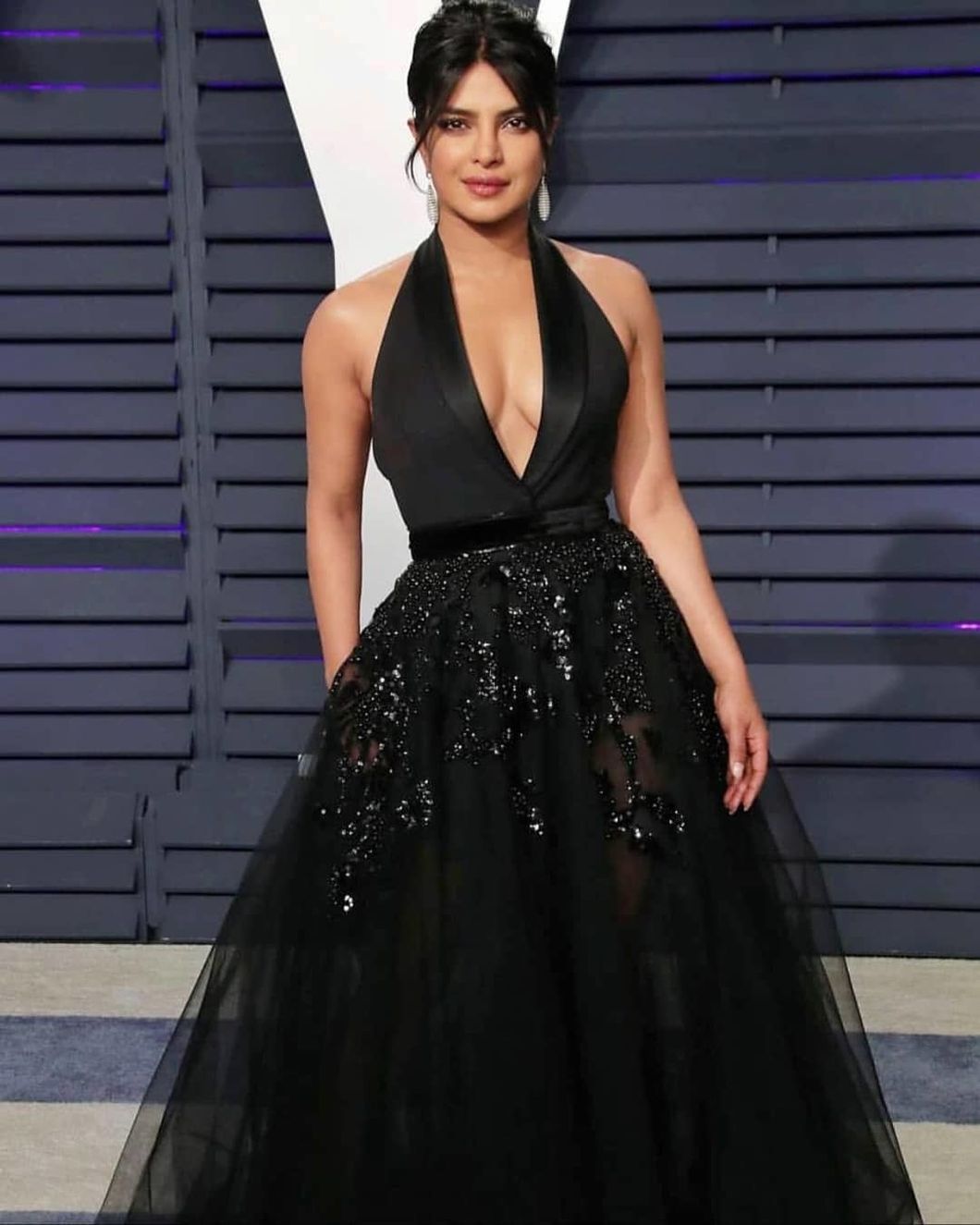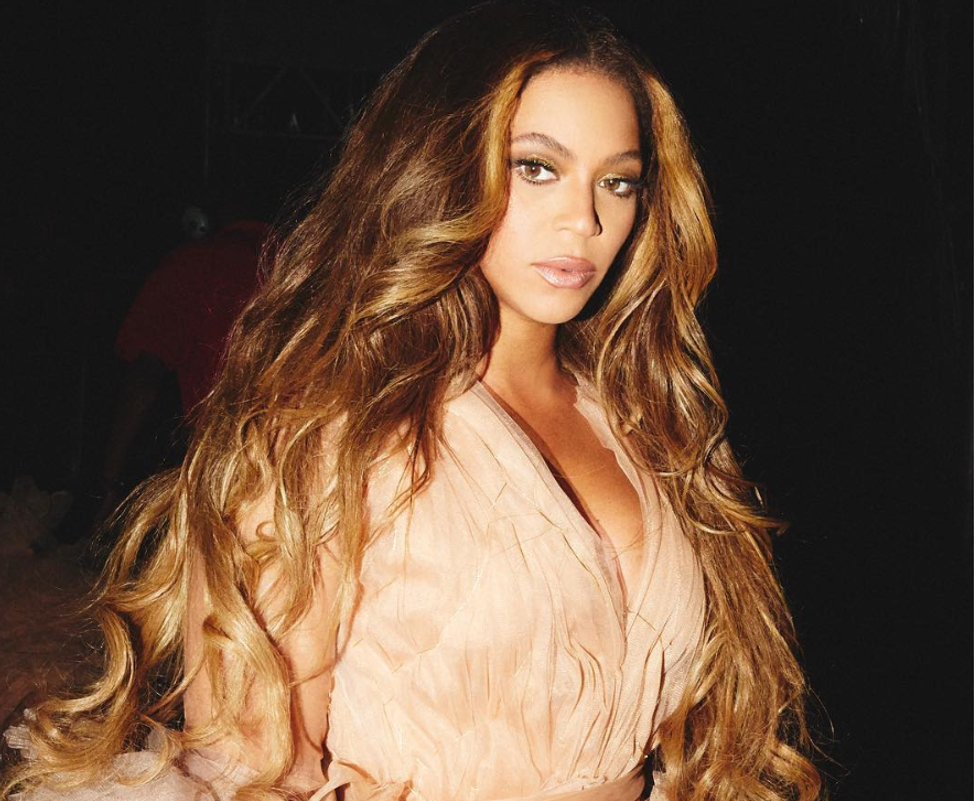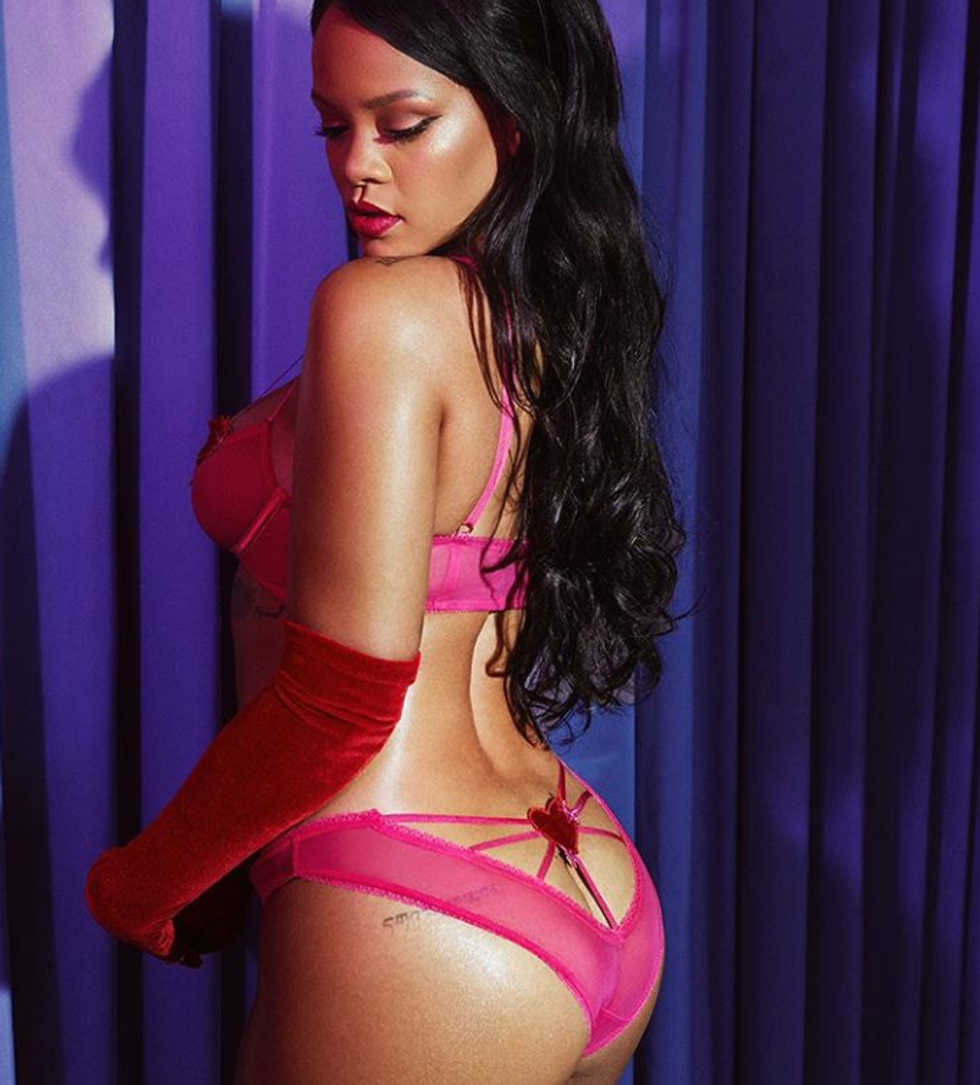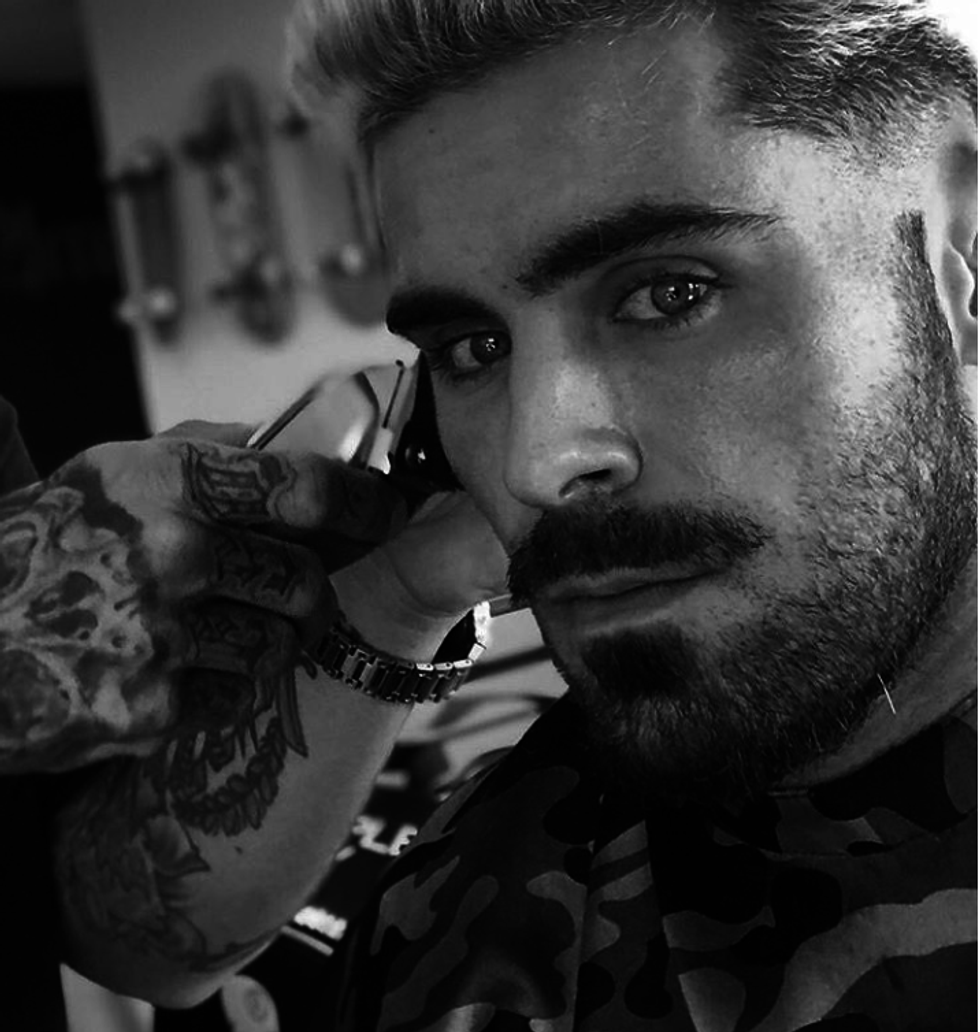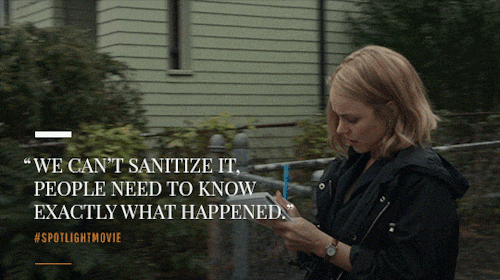The Artist Gone Rabid: Why You Should Watch Perfect Blue Instead of Black Swan
Who did it better?
One is the story of how an ambitious and naive ballerina tumbles into delusion, violence, and the perversion of her own identity as she struggles to play the role of her dreams. The other is the story of a pop idol who attempts to become a serious television and film actress, tumbling into delusion, violence, and the perversion of her own identity as she struggles to escape the role others could only dream of. True, they both follow a very similar formula, but the obsessed-artist plot is hardly a rare one, so why are these two films really compared so often to one another?
To put the debate into perspective, many people have accused the director of Black Swan of ripping off Perfect Blue. In fact, Darren Aronofsky has been asked point blank in an interview if his critically acclaimed psychological drama was inspired by Satoshi Kon's Perfect Blue, a supposition that Aronofsky briefly considered but ultimately denied. While Aronofsky is a huge fan of anime and Satoshi Kon's work, he cites the ballet Swan Lake itself as his source of inspiration. That hasn't stopped fans of the iconic 1998 anime from venomously tearing into Black Swan and accusing Aronofsky of wholesale creative theft, and the fact that Aronofsky had met with Satoshi to remake Perfect Blue and acquired the rights has hardly helped the director's case.
That being said, the rights debate is meaningless now. At least, for the purpose of comparing the films, it's meaningless. At this point, almost a decade after the completion of Aronofsky's film and more than two decades after Satoshi's, it has devolved into little more than an echo chamber of the same conjectures. Was Aronofsky inspired by Perfect Blue and did he knowingly use his rights to the film to mimic particular elements? Almost definitely. Is Aronofsky part of an elaborate scheme to steal Japanese media and profit off of it at the expense of clueless American audiences, in the same vein as Inception and The Matrix? Hardly. What about that bathtub scene from Perfect Blue, which Aronofsky clearly transposed shot-by-shot for Requiem for a Dream? Is that not concrete evidence of Aronofsky's history of theft? To all the armchair film critics out there: Yes, we can all see how Aronofsky used his rights to the film to copy the bathtub scene. Nice catch. It's not as if everyone who has seen or even read an article about both films noticed the bathtub scenes.
Yet ultimately, these accusations will remain dead in the water until such a time that Aronofsky suffers a sudden crisis of conscience and confesses to the entire conspiracy, or someone snuffs out a secret dossier detailing the entire plan. Until then, it's a simple case of inspiration, Aronofsky having stated before that he deeply admired Satoshi's work, and frankly there's a far more important question for critics to be considering when they weigh in the two films:
Who did it better?
You might think from the article title that you have my personal opinion pinned. You would be right.
While not objectively better, because I am not God and unfortunately cannot legislate on something as arbitrary as artistic taste, Satoshi's Perfect Blue does represent particular aspects of anxiety, obsession, and madness in a manner arguably more impactful and far more engaging than the undeniably well-made Black Swan.
Consider the climactic confrontation between the lead heroines and their antagonistic alter egos. In Black Swan, Nina imagines that she stumbles backstage straight into the hands of her rival, a fellow dancer second in the running for the lead role in "Swan Lake." The woman, dressed for Nina's role, threatens and demeans Nina while sitting smugly at a vanity in the small room. She rises and physically engages with Nina, demanding that she be given the spotlight, and the lead shoves the advancing woman into a mirror, after which she turns into the Black Swan version of Nina and lays helplessly for a moment, seemingly defeated. Then the woman chokes her for a moment and Nina stabs her with a shard of the shattered glass. The fight is concluded in barely over a minute and the final dance, the signature moment of the film, begins shortly after. While impactful, the confrontation scene is painfully brief and somehow slightly formulaic.
In Perfect Blue, Mima wakes up in a horrifying identical replica of her room only to be greeted by her trusted manager, Rumi, who is dressed in the garb of Mima the pop idol and looks identical to the heroine, her true form only visible through a mirror. Rumi dreamily notes how she must get rid of the "fake Mima" before stabbing the heroine with an ice pick, chasing her onto the balcony, causing Mima to tumble two stories below, and chasing the girl through the vacant labyrinth-like metropolis of a city somehow full of people yet where no one can hear you scream. Rumi, floating easily and giggling to the viewer get huffing and madly sprinting after the hysteric Mima when we glimpse at her through shop windows, finally tumbles into a shard of glass, impaling herself, and stalks into the street after Mima tears off her wig and breaks her false Mima persona. The woman stands in front of the headlights of a truck as if being given a standing ovation on stage, and Mima pushes her out of the way at the last second.
Again, there is practically no objectivity in the debate of film; however, which version clearly seems to be the more nuanced, complex, and engaging of the two?
Then again, perhaps it is unfair to judge the films by these confrontations; after all, isn't the true climax of Aronofsky's Black Swan the stunning ballet that comes after the brief fight? Who am I to fault Aronofsky when he is simply using a climax different from the standard chase and fight scene?
To tackle this more fairly, we cannot look at the works scene by scene, but judge things more abstractly. The general arc of both films is in investigating how artists, whether they be ballerinas or pop-idols-turned-film-and-tv-actors, slowly go insane in their obsession with being vindicated in their fields. Who, then, in the absence of an exact measurement for which is "better," portrays this descent most interestingly and with more nuance?
This is where I feel that Perfect Blue is "objectively better." They both try to blur the line between reality and fantasy, but whereas Black Swan has an imagined doppelgänger of Nina follow her around in a number of instances and a few hallucinated and false encounters with a rival dancer, Perfect Blue has an entire murder subplot and an investigative tv subplot that intertwine with Mima's main struggle so deeply that the film must often be viewed several times to thoroughly understand the heroine's psychology. They both turn the main characters' anxieties and desperation into horrifying alter egos, but whereas Black Swan depicts this figure as a mere rival dancer who occasionally appears as Nina in darker makeup and clothes, Perfect Blue casts this figure as an almost magical, reality-bending version of Mima in her CHAM! pop idol costume who fluidly and beautifully transforms back and forth between that bubbly idol into a demented and manic Rumi, Mima's trusted and motherlike manager and a burnout pop idol herself.
Where Black Swan has an imagined sex scene and the heroine stabbing herself in a delusional mania, Perfect Blue has the filming of a murder-investigation police procedural blend with Mima's and our own concept of reality when her character is raped and convicted of murder by way of insanity. Where Black Swan has the heroine's paranoia express itself through a wall of photos start chattering unintelligibly and overwhelming her, Perfect Blue has inexplicably dead fish, screaming into a bathtub, and the belief that she may be a moonlighting as a murderer in a manner directly reflecting her tv character, which very well may be reality while the pop idol plot is the fantasy. The list goes on.
True, while I fully respect and enjoy Aronofsky's film, Satoshi's Perfect Blue presents a consistent one-upping, a steady complication, expansion, and visual and thematic elevation, of the same formula.
If at this point you're not convinced of, if not the superiority, the value and power of Perfect Blue, then throw Black Swan out of the equation altogether. On its own, alone, Perfect Blue is not only a classic, but a masterpiece, and I have constructed this entire argument not to demean the truly fascinating and beautiful Black Swan, but rather to encourage Western viewers to give this incredible anime a chance to enjoy the same prestige and popularity as Aronofsky's take on this rabid-artist formula.I find it so sad and honestly more than a little deceptive for such film as Black Swan, Inception, and The Matrix, while all wonderfully made and iconic, to be so much more well regarded and promoted by the Western film industry than the Japanese films that clearly inspired them: Perfect Blue, Paprika, and Ghost in the Shell. True, while these films and anime as a genre hold a kind of niche prestige among weeaboos, film scholars, cinephiles, and film snobs in the West, in proportion to the merit and excellence of such films as Perfect Blue, they are hardly afforded the respect that they very well deserve. As a film student, I still hear Black Swan and Aronofsky's brilliance brought up often in conversations of psychology in film, but as much as I respect Aronofsky, I won't be satisfied until Satoshi Kon finally gets his well-deserved position in that conversation.
